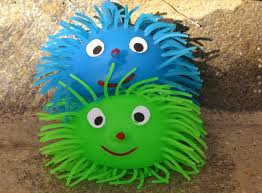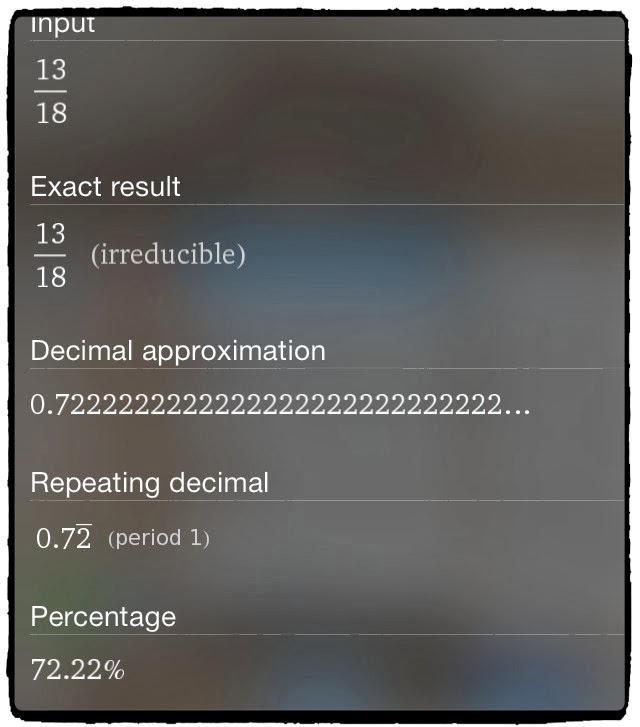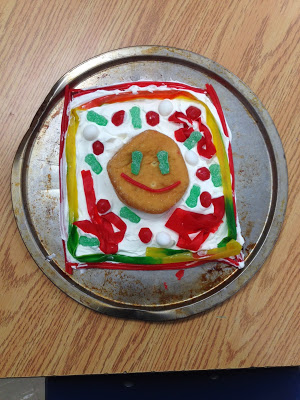Have you seen Keith Hughes’ video, “The Recipe for Great Teacher“? I came across this video the other day through one of the blogs I follow (unfortunately I can’t remember which one, if it was you let me know so I can give credit!) and wanted to tune in right away! As a first-year teacher I am always asking myself, “Am I doing this right?”, “Is there another way that I can do this?”, “What should I change for next time?”, etc. I’ve followed Keith through his various social media platforms for quite some time now.… Read More
Dropping The Beat: Power Laws in The House!
In Grade 9 math we have been discussing Powers, more specifically, the six major Power Laws: – Power of a Power – Zero Exponent Law – Product of Powers – Quotient of Powers – Power of a Product – Power of a Quotient After being introduced to each of these laws (over the course of four classes) and having time to practice applying them (over the course of four classes), my Grade 9 students are now creating songs about each of these laws! In groups of 4-6, students were assigned a specific Power Law to base their song… Read More
Stanley the Koosh Ball!
This post is for all of you that have a SMART Board or other brand of Interactive Whiteboard in your classroom. Did you know that you can use a “Koosh Ball” to activate your board and, thus, create a kinesthetic learning opportunity for your students? Before I graduated with my B.Ed I spent a lot of time substitute teaching in a Kindergarten class near our home. As part of their morning calendar time, students reviewed months/days/years by activating review prompts on their SMART Board with a “Koosh Ball”. These rubbery balls are the perfect sensory tools if you have… Read More
Using Siri in Math Class
Today I was playing around with the Siri application on my iPhone and I discovered that it can solve math problems! Not only does it solve the math problem, but it also visually represents the answer in different ways! I have a few students who have difficulty with realizing that numbers can be shown different ways. For example, the fraction 4/5 can also be written as: – 0.8 (decimal) – 80% (percent) – 8/10 (equivalent fraction) It could also be represented using a: – number line – 100-grid paper – pie chart – cubes or other manipulatives After experimenting… Read More
"Open Phone Exams" Response
This week I read a post by George Couros titled, “Open Phone Exams” in which he started off with the following comparison: “If I was to ask a question of an educator and they didn’t know the answer, the tendency would be to google it, or for some, to send out a tweet and ask the question. If they find the answer, they would be considered resourceful. If I was to ask a student a question on an exam, and they did those same things, they would be considered a cheater.“ This immediately got me… Read More
Lets Convert the US to the Metric System! A Grade 10 Essential Math Persuasive Project
Today my Grade 10 Essential Math class was introduced to their unit project to conclude their unit on Measurement Systems. If you can remember back to my previous posts, they created board games as their unit project in their last unit on Personal Finance. Here is what they were tasked with today: – Time For A Change – The United States is the only leading nation not using the metric system, despite doing business with metric countries thousands of times a day. Your mission is to create a persuasive Public Service Announcement (P.S.A) designed to convince the United… Read More
These Are A Few Of My Favourite Things…
We’re at that point where the majority of my classes are finishing up their first units and preparing to move on. As such, I wanted to share some of my favourite projects and activities from some of my classes. Grade 8 Art Our first project in Art this year was a Famous Artist Research Mobile. Students picked an artist of their choice, created mobile using their pieces of art, and included artist bio’s and references on the back. These are now laminated and permanent fixtures in my room! Grade 8 Science In Science we explored cells and… Read More
#MTBoS Mission 1: The Power of the Blog
I am participating in the wonderful #MTBoS World this fall as a way to learn more about teaching and assessing math as well as to connect with math educators and grow my PLN. As a new math teacher (teaching Grades 8, 9, & 10 math) I am interested in learning as much as I can and am so thankful to all of the wonderful educators who are willing to share their experiences online! First off, if you haven’t heard about #MTBoS (or the MathTwitterBlogosphere), it is an 8-week series of missions designed to connect dedicated math teachers who are willing and… Read More
Edible Cell Models
My Grade 8 Science class has been learning all about Cells & Body Systems (you can check out their blog here) and lately we’ve been discussing the difference between Plant Cells & Animal Cells. After working with the appropriate vocabulary and completing labeled illustrations, we decided to create 3D models of the different types of cells… using edible materials!! As a class my students brainstormed an ingredient list, set a budget, and put themselves into groups of 4. We even went shopping for the ingredients as a class during our math period! Today was the physical creation of the… Read More
Interactive Notebooks in Math
This summer I was introduced to the idea of Interactive Notebooks in math class through Jennifer at 4mula Fun. As a first year math teacher, I’m always looking for different assessment ideas and the setup of Interactive Notebooks seemed like an interesting instructional method that would provide an easy assessment option for me. Fast forward to the end of September and I’ve officially implemented Interactive Notebooks (INB) into all three of my math classes at the Grade 8, 9 & 10 levels. After searching through different edublogs I’ve found a lot of different ways in which teachers are using… Read More





